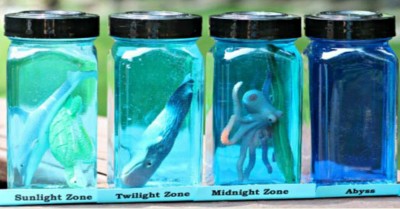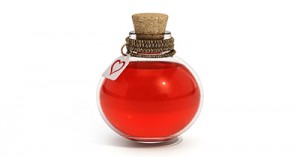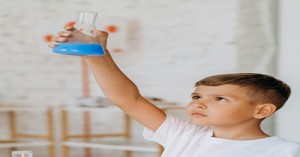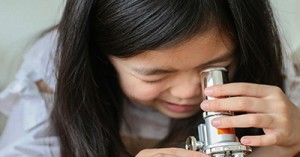Children will learn and discover the various layers of the ocean along with where marine animals live.
Materials Needed:
- 5 small containers
- Food colouring (blue, red and green)
- Water
- Ocean animal figurines
- Labels for each ocean layer
What to do:
- Label each container one of the ocean layers zones:
Sunlight Zone
Twilight Zone
Midnight Zone
Abyss
Trenches - Add ocean animals to each ocean layer zone (it's good to research this beforehand).
- Fill each container with water.
- Add food colouring to each of the ocean layers zones:
Sunlight Zone - a tiny bit of blue
Twilight Zone - 1 drop blue
Midnight Zone - 2 drops blue
Abyss - 4 drops blue
Trenches - 5 drops blue, 2 drops green & 1 drop reduced - Stack the containers on top of each other or add them next to each other.
Science Factor:
How Light Travels Through Water
As light enters the water, light rays are refracted due to the density of the water. When light enters a more dense material, it slows down. As the light rays are refracted (or bent), they spread apart and are slowing down along with some of the rays being absorbed by solid particles in the water. This is why the ocean appears to have different colours of blue -- not because it is blue but because of the amount of light from the sun that reaches each ocean layer decreases as you travel deeper.
Hints and Tips:
- Discuss ocean life and the different types of sea animals that live in each of the ocean layers.
- Explore the sea animals that live in the deeper layers of the ocean and the adaptions they make in the dark water.
- Draw, paint ocean animal etc.
- Show books/images of ocean life and use these as a discussion point.
Reference:
Ocean Zones For Kids - Layers Of The Science Project, KCAdventures







